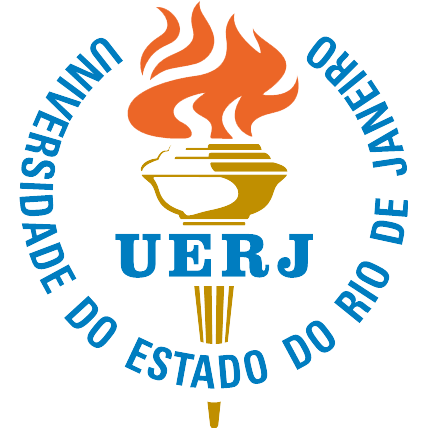Acolhimento com classificação de risco em serviço hospitalar de emergência: avaliação do processo de atendimento [Hospital emergency service patient reception with triage: evaluation of the care process]
DOI:
https://doi.org/10.12957/reuerj.2015.4976Keywords:
Serviço Hospitalar de Emergência, Acolhimento, Triagem, Enfermagem.Abstract
RESUMO
Estudo transversal, de natureza quantitativa, desenvolvido no período de agosto a novembro de 2011, que objetivou avaliaro processo de atendimento em serviços hospitalares de emergência que têm implantadas a diretriz Acolhimento com Classificaçãode Risco. A amostra se constituiu de 314 trabalhadores que atuavam há pelo menos três meses, em quatro serviços de emergência.Para a coleta de dados, utilizou-se o questionário Instrumento de Avaliação do Acolhimento com Classificação de Risco. Entre osresultados, obteve-se que, 75,5% dos trabalhadores avaliaram o processo de atendimento como precário; 11,8% como satisfatório;9,5% como insuficiente e; 3,2% como ótimo. Concluiu-se que os serviços investigados, necessitam de reorganização no sentidode atender os quesitos da diretriz Acolhimento com Classificação de Risco e, com isso, melhorar os seus processos de atendimento.
ABSTRACT
This quantitative, cross-sectional study, conducted from August to November 2011, evaluated the care process inhospital emergency services that have introduced the Guidelines for Patient Reception with Triage. The sample comprised 314employees in four emergency services, who had worked there for at least three months. Data were collected using the PatientReception with Triage Evaluation Questionnaire. It was found that 75.5% of employees rated the care process as weak; 11.8%,as satisfactory; 9.5%, as inadequate, and 3.2%, as good. It was concluded that the services studied need to be reorganized inorder to meet the requirements of the Guidelines for Patient Reception with Triage, and thereby improve their care processes.
RESUMEN
Estudio transversal, cuantitativo, desarrollado en el período de agosto a noviembre de 2011, que tuvo como objetivoevaluar el proceso de atención en los servicios de urgencias hospitalarios que implementan la Acogida con la Clasificación deRiesgo. La muestra estuvo conformada por 314 empleados que trabajaron durante al menos tres meses en cuatro servicios de emergencia.Para recopilar los datos, se utilizó el cuestionario Instrumento de evaluación de la Acogida con la Clasificación de Riesgo.Entre los resultados, se encontró que el 75,5% de los empleados clasificados el proceso de atención como los barrios de tugurios;11,8% satisfactorio; baja un 9,5% y el 3,2% como bueno. Se concluyó que los servicios investigados deben ser reorganizado conel fin de cumplir con los requisitos de las directrices Acogida con la Clasificación de Riesgo y así mejorar sus procesos de atención.
DOI: http://dx.doi.org/10.12957/reuerj.2015.4976
Published
How to Cite
Issue
Section
License
When publishing in Revista Enfermagem UERJ, the authors declare that the work is their exclusive authorship and therefore assume full responsibility for its content.
Authors retain copyright to their article and agree to license their work using a Creative Commons Attribution International Public License (CC BY), thereby accepting the terms and conditions of this license (https://creativecommons.org/licenses/by/4.0/legalcode.en), which allows material created by the author to be distributed, copied and displayed by third parties. The original work must be cited and present a link to the article available on the website of the journal in which it was published.
The Copyright of the articles published in Revista Enfermagem UERJ belongs to their respective author(s), with the rights of first publication assigned to Revista Enfermagem UERJ, with the work simultaneously licensed under a Creative Commons License CC BY, which allows sharing of work with recognition of authorship and initial publication in this journal.
The authors grant Revista Enfermagem UERJ the right of first publication, to identify themselves as the original publisher of the work and grant the magazine a license of non-exclusive rights to use the work in the following ways:
- Sell and/or distribute the work in printed copies and/or electronic format;
- Distribute parts and/or the work as a whole with the aim of promoting the magazine through the internet and other digital and printed media;
- Record and playback work in any format, including digital media.
In line with the journal's policies, each published article will be assigned a Creative Commons Attribution (CC BY) license.









